QuestionI'll start from the beginning. For the last 8 months I have had a well established 10 gallon aquarium that until 11 days ago housed 3 1.5" Tiger Barbs. A couple weeks ago I decided to make the switch to a larger tank and purchased a 29 gallon one. I set it up properly and waited/adjusted the water parameters until they matched those of the 10 gallon tank (11 days ago) and then I transferred the fish. 5 days later all 3 appeared perfectly normal and far more active than they had been in the smaller tank. At this point the water parameters were as follows:
PH: 6.8
Temp: 78F
Ammonia: 0
Nitrite: 0
Nitrate: 0
Since there were no apparent problems with my tank setup/water parameters I decided it would be safe to add another 3 tiger barbs as they are schooling fish. The water was fine for several days after this but then my ammonia level suddenly spiked to .5 ppm. When this happened it had been roughly a week since my last 10% water change so I did another using gallon jugs of distilled water in an attempt to lower the ammonia levels so that my biological filter could catch up. This did little to stabilize the ammonia and had the negative effect of dropping my PH to about 6.0-6.2 which is what it is still at. I know that water with this acidity makes it difficult/impossible for the bacteria that makeup the biological filter to survive but no matter what I try I can't get it to increase. I have been using API PH Increaser every day since then and performed another 10% water change using 7.6 PH tap water but the PH remains at 6.0, my ammonia also remains at about .5 ppm and and I am neutralizing it daily with API AmmoLock.
My current tank details are:
-6 1.5" tiger barbs
PH: 6.0
Temp: 78F
Ammonia: .5
Nitrite: 0
Nitrate: 0
What should I do? Any advice on raising the PH and helping reestablish my biological filter to combat the ammonia would be very helpful. Thanks a lot.
Zach
AnswerHi Zach;
It is very normal to experience an ammonia spike when adding new fish or when setting up a new tank. You have both problems actually. The tank hasn't had enough time to completely finish the break-in period and then new fish were added. It's just too much too soon. Make some extra water changes to help get them through it. Here is a link to my page about "Cycling" also called "New Tank Syndrome" that will help you know more about it;
http://www.xanga.com/Expert_Fish_Help
Your pH isn't really that bad but you don't want it dropping below 6.0 if you can help it. Use regular tap water to make changes and not distilled. Distilled has no buffering capacity because it lacks minerals so it can actually cause your pH to go down even farther. It should only be used if your tank water has a high pH and you are trying to bring it down. Make a 25% water change with conditioned tap water and don't use pH adjusters either. They cause rapid fluctuations that are actually more harmful than letting the pH stay where it is. Your fish are able to tolerate the Ammonia spike because the pH is so low right now. If the pH was over 7.0 they would be stressed out because ammonia is more toxic to them at that point.
There are other more reliable and safer methods that can raise the pH, but don't do it until the tank is through the break-in. Some people add real seashells, limestone, coral or dolomite to their tank. Extra filtration is helpful too. Or, just add an airstone hooked to an airpump. I discovered by accident that any of my tanks with a chronically low pH would experience a rise when I added more agitation to the water. It breaks up CO2 that could be causing pH to remain low.
I have had good luck with adding baking soda too, but only in extreme cases and with EXTREME caution. Dissolve 1/2 teaspoon of household baking soda (sodium bicarbonate) for every ten gallons of tank water in a cup of water. For your new tank that means about 1.5 teaspoons. SLOWLY pour the baking soda and water solution into the tank (away from the fish). You might have to do it when you feed the fish and give them their food at the opposite end of the tank. Wait until 2 or more hours have passed and then test the pH. Hopefully it will have risen a bit. If so, wait until the next day and repeat once a day until the pH is where you want it. You don't want the pH to change more than .5 (half a point) in one day. If the pH has not risen after the addition of Baking Soda, repeat the same dosage again and wait a couple more hours and test. It may take two or three doses before you see a change.
Let me know how it's going...
At Your Service;
Chris Robbins

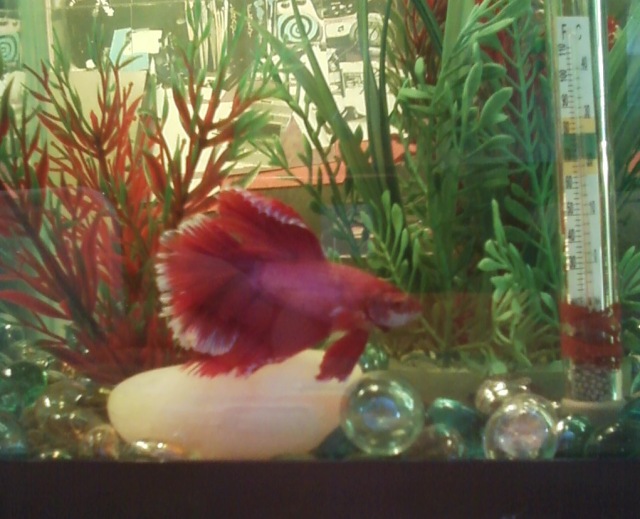 Half-Moon Tail Beta
QuestionPhillip
QUESTION: I have a Half Moon Tai
Half-Moon Tail Beta
QuestionPhillip
QUESTION: I have a Half Moon Tai
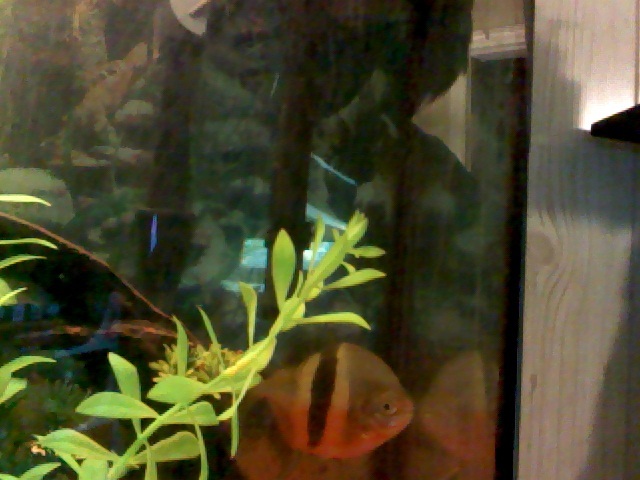 silver dollars
QuestionQUESTION: hello i have a 50 gallon fish tank an
silver dollars
QuestionQUESTION: hello i have a 50 gallon fish tank an
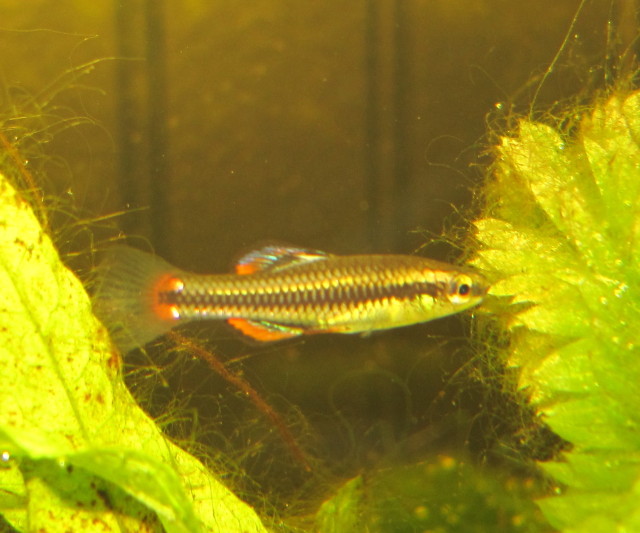 ID a fish
QuestionID fish
QUESTION: Hi Matt,
I asked for
ID a fish
QuestionID fish
QUESTION: Hi Matt,
I asked for
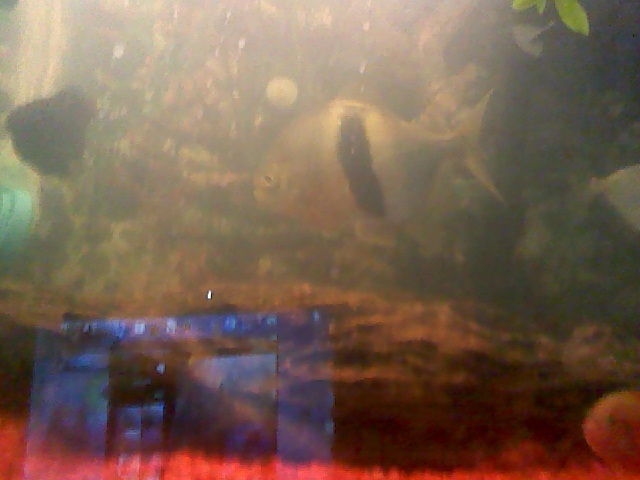 wide bar silver dollar
Questionmy wide bar silver dol
QUESTION: Hello I
wide bar silver dollar
Questionmy wide bar silver dol
QUESTION: Hello I
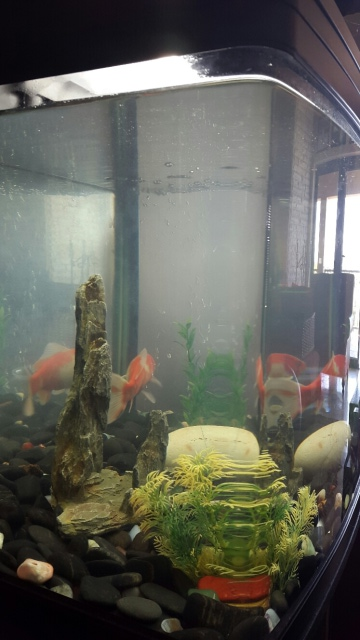 Cloudy water
Question
Murky Fishtank
Dear Sam, we live in a r
Cloudy water
Question
Murky Fishtank
Dear Sam, we live in a r